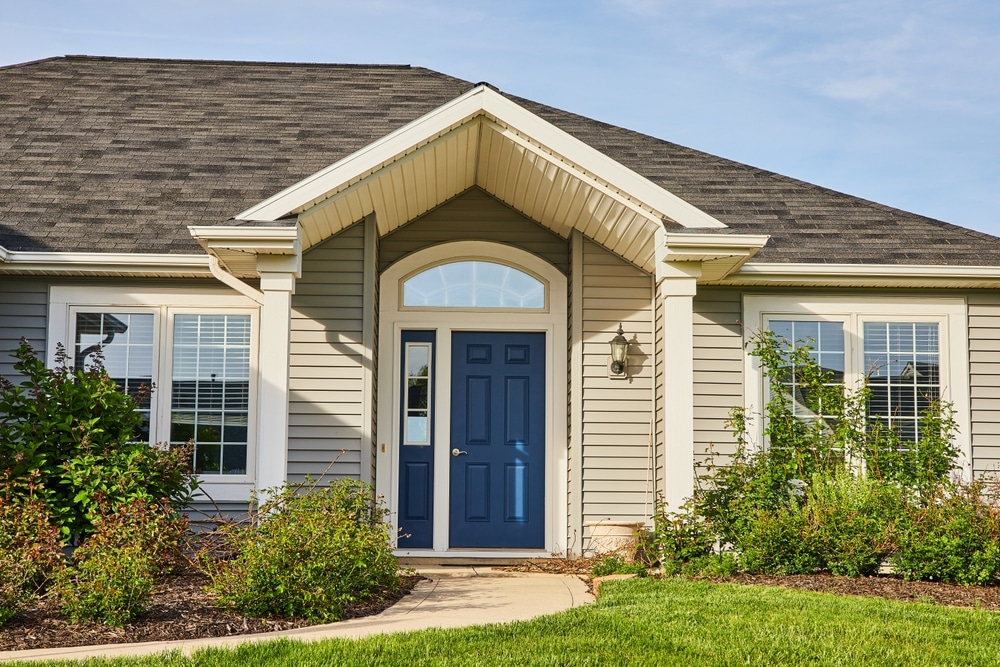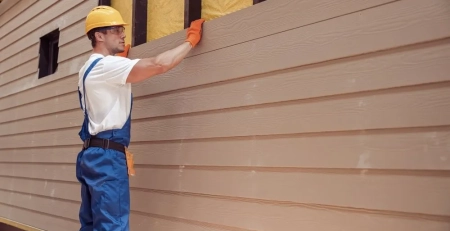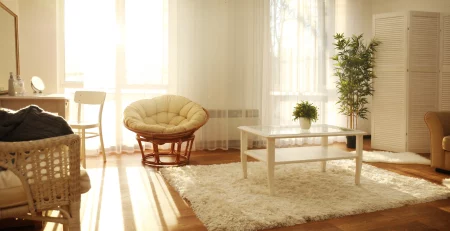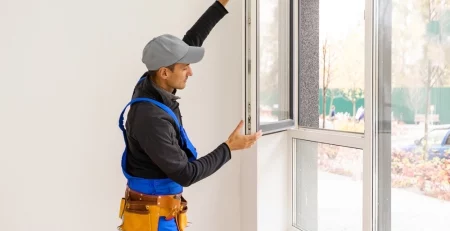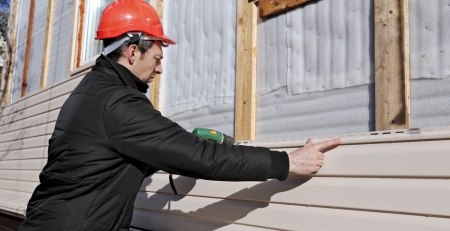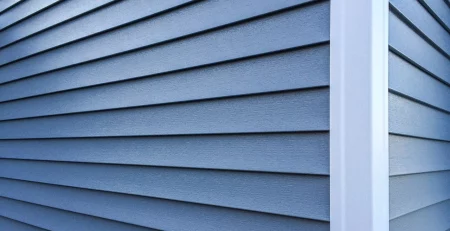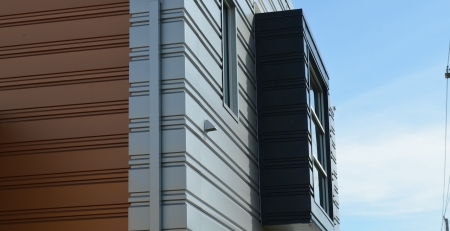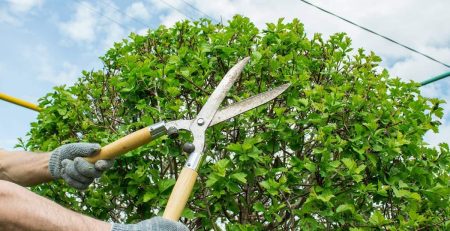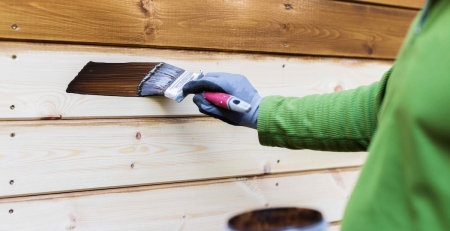Siding Replacement: Signs It’s Time for an Upgrade and What to Consider
Your home’s siding is more than just a protective shell; it’s a crucial component of its aesthetic appeal, energy efficiency, and structural integrity. Over time, however, even the most durable siding can deteriorate, leaving your home vulnerable to various issues.
Signs That Your Siding Needs Replacement:
- Visible Damage: Cracks, holes, warping, or rotting are clear indicators that your siding is compromised. These issues not only detract from your home’s appearance but also allow moisture, pests, and mold to infiltrate your walls, potentially leading to costly repairs.
- Increased Utility Bills: If you’ve noticed a spike in your heating or cooling bills, it could be due to inefficient siding. Damaged or worn-out siding fails to provide adequate insulation, resulting in energy loss and higher utility costs.
- Faded or Peeling Paint: Peeling or fading paint is more than just a cosmetic concern; it’s a sign that your siding is no longer effectively protecting your home from the elements. Exposure to sunlight, moisture, and harsh weather conditions can cause paint to deteriorate, signaling the need for new siding.
- Mold or Mildew Growth: Mold and mildew thrive in damp environments, making them common problems associated with deteriorating siding. If you notice green or black patches on your siding, it’s essential to address the issue promptly to prevent further damage and protect your family’s health.
- Warping or Buckling: Over time, siding may warp or buckle due to exposure to extreme temperatures, moisture, or improper installation. These deformities compromise your home’s structural integrity and detract from its curb appeal, necessitating a replacement.
Factors to Consider When Choosing New Siding:
- Material: There are various siding materials available, each offering unique benefits and drawbacks. Options include vinyl, wood, fiber cement, aluminum, and composite. Consider factors such as durability, maintenance requirements, cost, and aesthetic appeal when selecting the right material for your home.
- Style and Design: Your choice of siding can significantly impact your home’s appearance. Explore different styles, textures, and colors to find a design that complements your architectural style and personal taste.
- Insulation: Opting for insulated siding can improve your home’s energy efficiency and comfort levels. Look for siding with integrated insulation to reduce heat transfer and lower your heating and cooling costs.
- Durability: Invest in siding that can withstand your local climate and environmental factors. Choose materials that are resistant to moisture, pests, UV rays, and impact damage to ensure long-lasting performance.
- Installation: Proper installation is crucial for the effectiveness and longevity of your new siding. Hire experienced professionals who adhere to industry best practices and manufacturer guidelines to ensure a flawless installation.
- Warranty: Review the warranty offered by the siding manufacturer and installer to understand your coverage and protection against defects or installation issues.
Siding replacement is a significant investment that can enhance your home’s appearance, functionality, and value. By recognizing the signs of siding deterioration and considering essential factors when choosing new siding, you can make informed decisions that benefit your home for years to come. Don’t wait until your siding reaches a state of disrepair; take proactive steps to upgrade and protect your home today.

